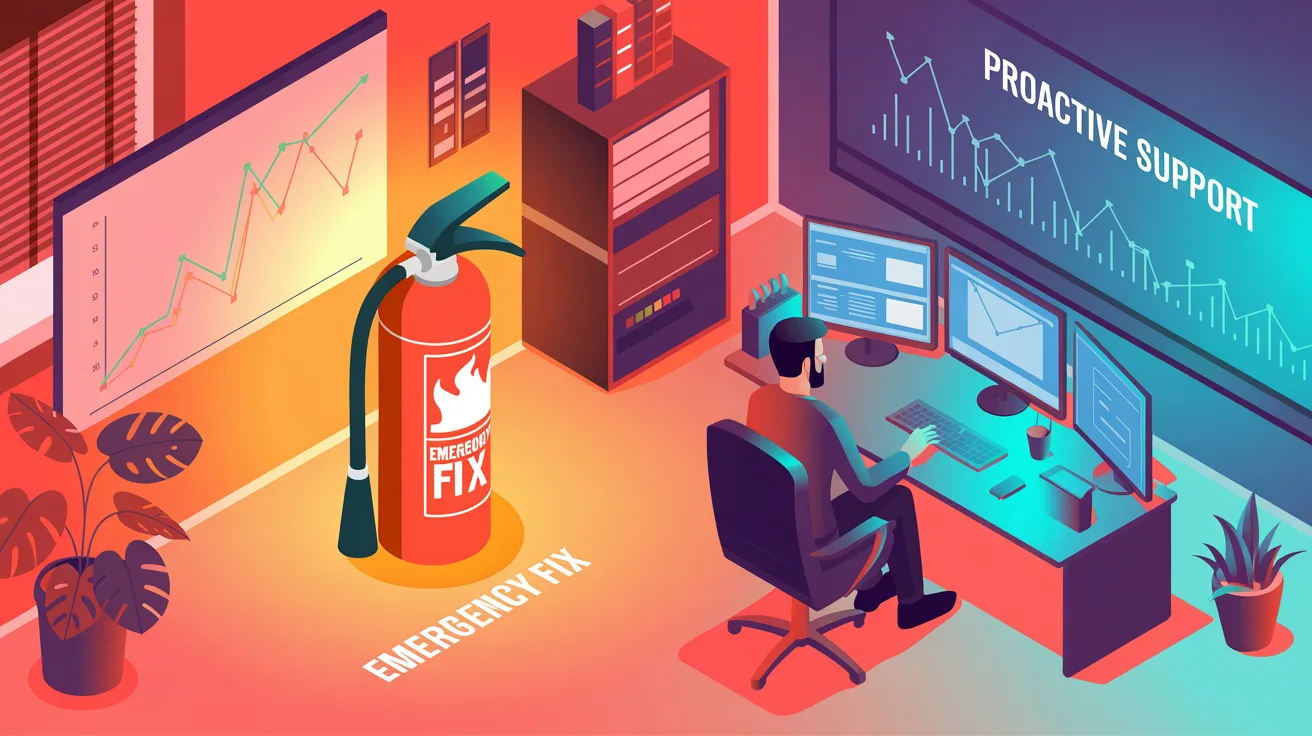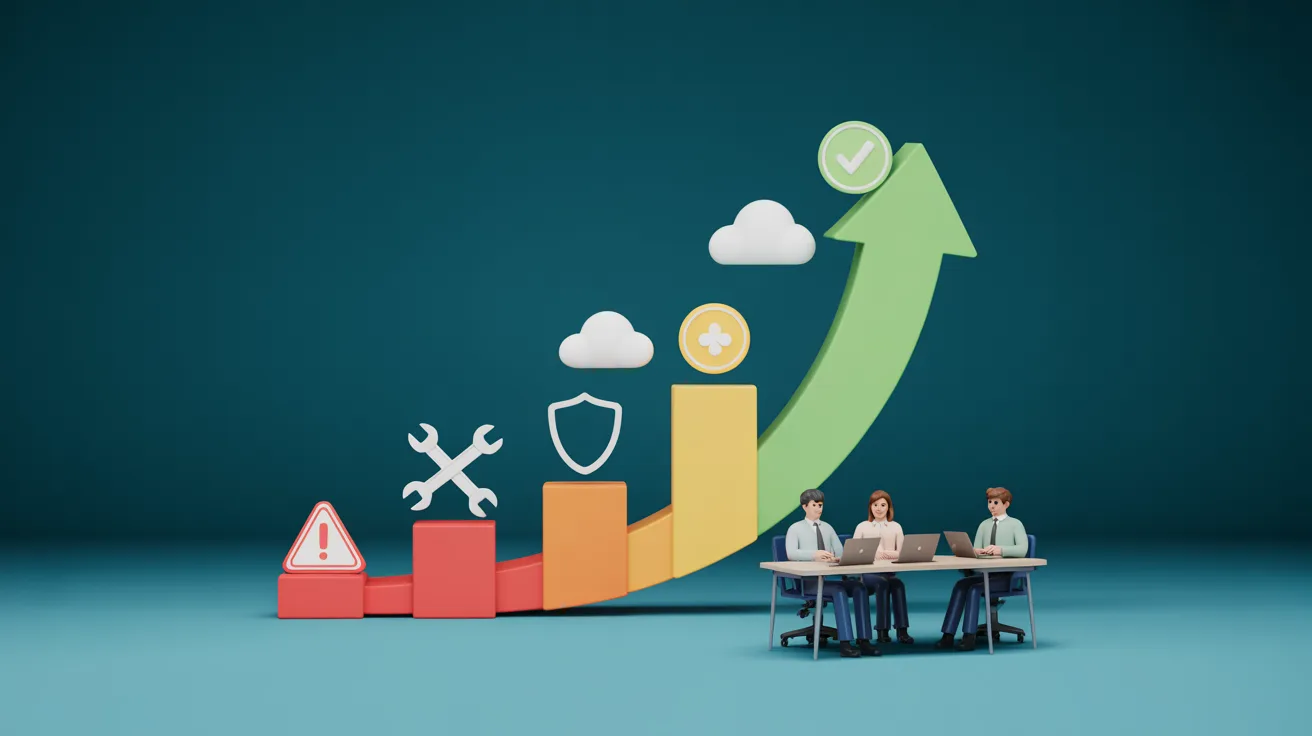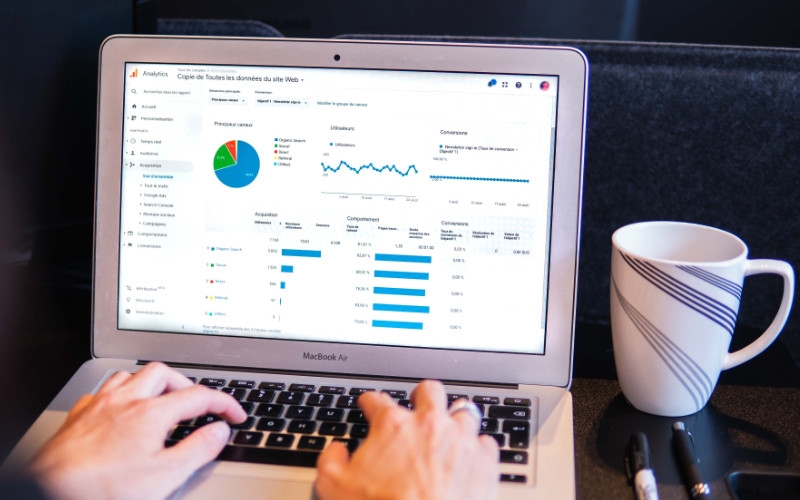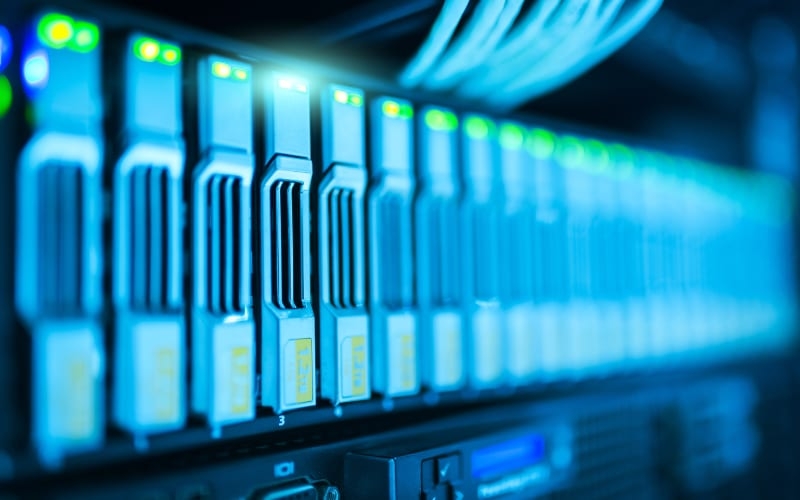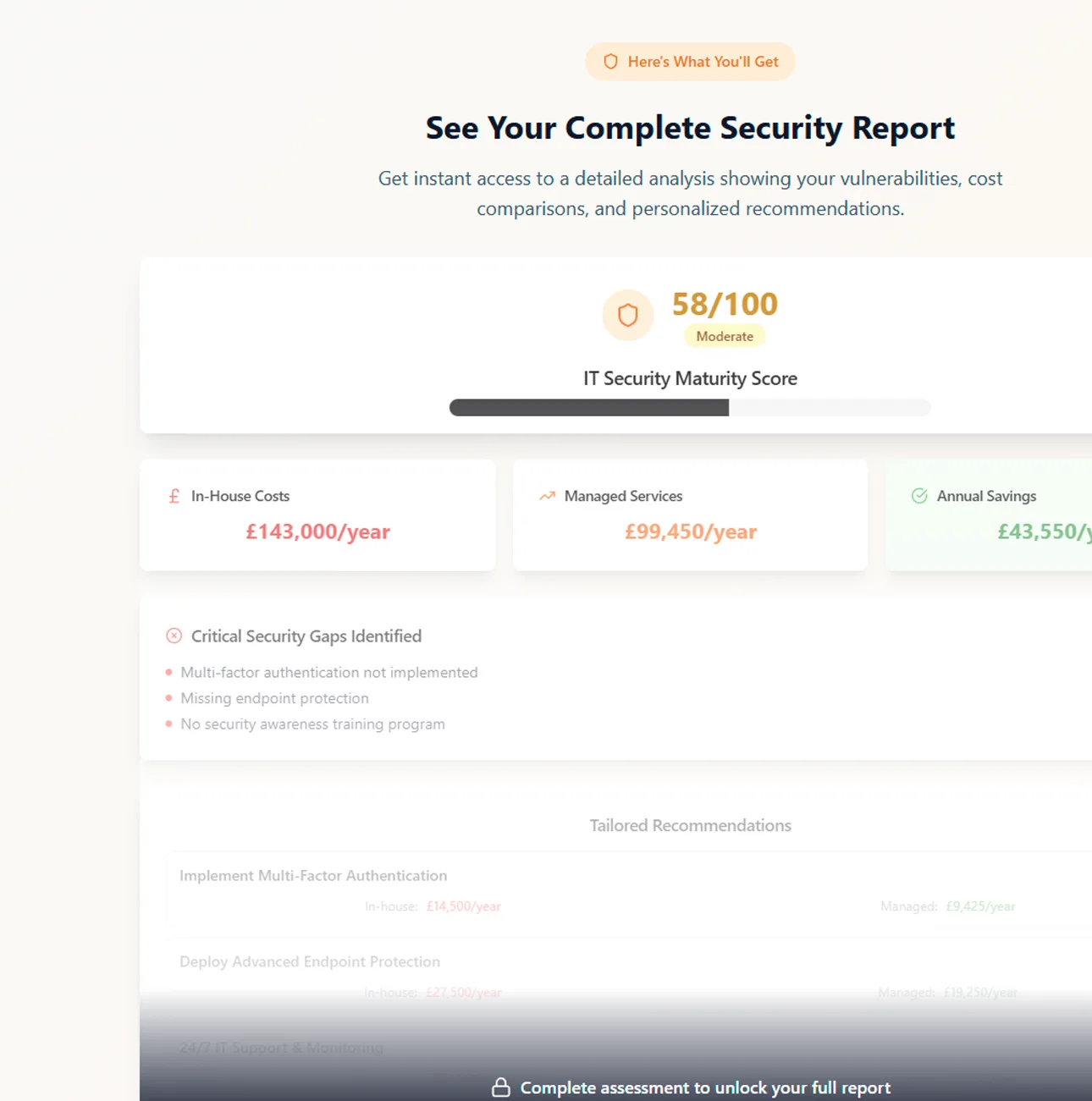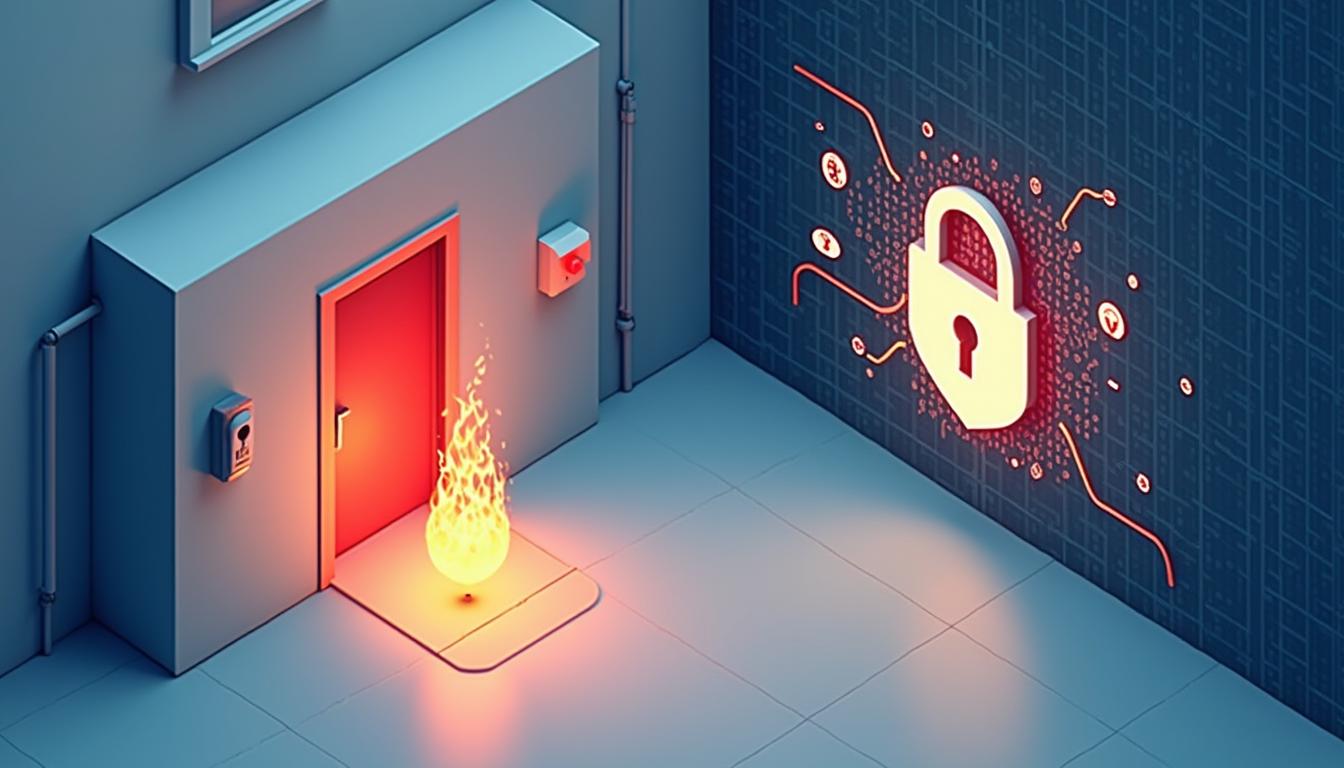

Slow computers are a constant irritation. They also cost your business a lot of money. How? Well, let’s take a look at the maths; a computer that runs slowly for 5 minutes every hour kills approximately 40 minutes of productivity every day. That’s three hours a week or 145 hours a year.
Let’s say that you’re paying a member of staff £35k a year (Payscale say that’s the average for Aberdeen businesses and we’ll take them at their word). 145 hours of lost productivity every year will cost your business approximately £2,702.
And that’s assuming that you’ve only got one slow computer in your office.
Thing is, it really doesn’t have to be this way. A lot of small business owners ignore slow computer problems because they assume that the only way to address the issue is to fork out for an expensive replacement. But the overwhelming majority of speed issues can be fixed by changing some settings, removing unnecessary programs or upgrading hardware.
More often than not, you can even carry out these fixes yourself – especially if you’re drawing on expert knowledge from your friendly neighbourhood IT experts.
After a flurry of calls about abominably slow or unresponsive computers, we figured it was high time we published an accessible guide to speeding up sluggish machines, complete with the step-by-step instructions you need to implement these fixes yourself.
And yes, we’re assuming that you have a small amount of technological knowhow here. But we have included pictures, and we are here to help if you run into trouble.
In fact, we’d encourage you to reach out if you get stuck with any aspect of this guide because software manufacturers like Apple and Microsoft have a nasty habit of moving important settings when they update their software, and it’s no fun hunting through menu after menu because you can’t work out how to update a driver…
Speaking of updating operating systems, this is actually the first thing you should do if you notice that your computer is running slowly. It’s a quick and easy fix that can quickly transform a sluggish machine, and it’s free too, which makes it a sensible place to start.
Not sure why updating your operating system (or OS) would help? We’ll explain. Your OS is responsible for managing your computer. It allocates resources like memory (RAM) and storage space, schedules tasks, controls peripherals like your mouse and acts as an intermediary between programs and your computer’s hardware.

Manufacturers are constantly tweaking their operating systems – adding security patches, fine-tuning performance, removing compatibility issues and improving the way that your OS handles routine tasks.
Sometimes, these OS updates even tweak seemingly-minor things like the way your computer launches programmes or manages on-screen windows and this could have a profound impact on the overall speed of your system.
So if you haven’t enabled automatic updates yet, double-check you’re running the latest version of your OS by heading to Settings > Update & Security > Check For Updates (On Windows 10). If you’re using a macOS, you’ll want to head to Apple Menu > System Preferences > Software Update to achieve the same.
Once you’ve done this, you might want to think about enabling automatic updates so that your computer will keep itself up to date from now on. That’s one less thing you’ll need to worry about.
Traditional viruses are a bit of a rarity these days, but there’s still plenty of malware out there on the web. Trojans, spyware, adware and keyloggers will all slow your computer down – and compromise your security so it’s always worth double-checking that a slow computer isn’t host to an unwanted guest.
Windows Defender does a lot of the heavy lifting here, but you can run free downloadable software like Malwarebytes that’ll trawl through your files and programmes to hunt out any unwanted malware. Malwarebytes is actually one of the most trustworthy options and it doesn’t take long to do a full scan of your system so download it now and see if it turns anything up.
Think of it as a deep clean for your computer, and a very worthwhile exercise to run through every once in a while.
Viruses and other malware are designed to cause harm, but there are plenty of other, ostensibly-harmless programmes that’ll still slow your computer to a crawl. A lot of these programmes come pre-installed on modern machines. Think about things like the Xbox Game Bar which is almost always running in the background on Microsoft Machines.
They’re designed to do something fun or helpful, but they actually end up hogging important resources and forcing your computer to multitask when it could be focusing on whatever you’re trying to do so it makes sense to disable them wherever possible.
To do this on a Microsoft machine, head over to Task Manager, click on the Startup tab and browse through the resultant list of programmes; disabling anything that you know you don’t need.
In the example shown below, you can see that we’ve selected Spotify because

But take care not to disable anything that you don’t recognise – just in case it’s pivotal to an important process.
It’s also worth noting that this only prevents these programmes from starting automatically when you boot up your machine. If you want to disable them all right now, you’ll want to repeat this process for “Background Apps” to dictate which programmes can and can’t run in the background while you’re working.
To do this, head to System Settings > Background Apps and disable anything that you recognise and do not want to run.

Believe it or not, your OS actually wastes a lot of resources on minute visual enhancements that most people don’t notice. Things like the blur effect that kicks in when you try to drag a window across your screen, or the animations that play when you mouse-over items in your start menu.
To prevent this, and eke out a bit of extra performance, head over to System Properties > Advanced > Performance Options and you should see a list of optional visual enhancements. Turn any (or all) of these off to get a slight boost to your computer’s speed.
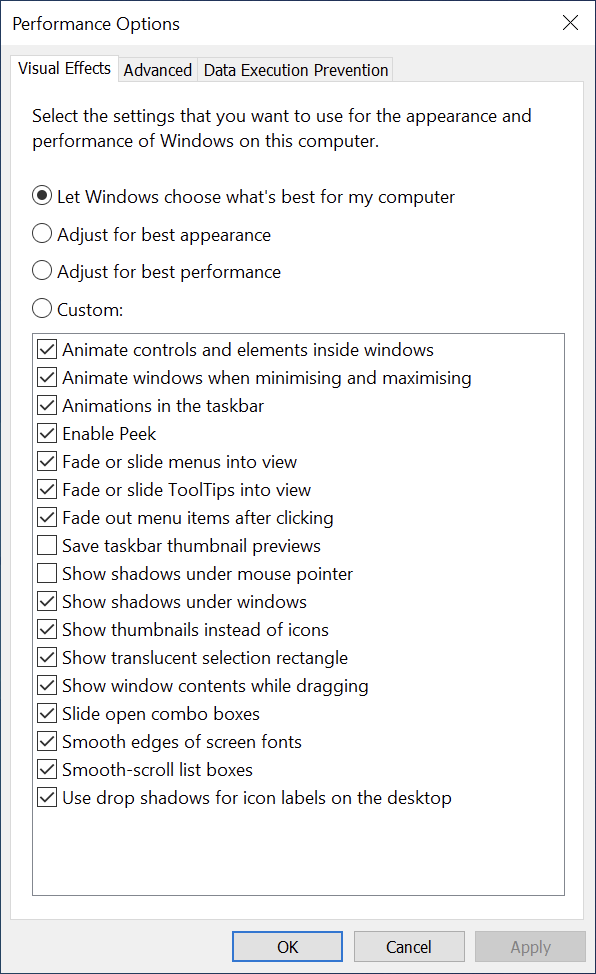
If you’ve tried everything else, it might be time to look at upgrading some key bits of computer hardware. This is the actual, physical parts of a computer that allow it to perform, and since we’re trying to improve the speed of your machine, we’re going to be focusing on
Your hard drive is your computer’s filing cabinet, or library if we’re thinking literally. It’s where all your data is stored and if your computer cannot retrieve important information from it in a timely fashion, speeds will be bottlenecked.
Imagine that you’re trying to do research for an assignment but you have to walk up and down six flights of stairs every time you want to retrieve a book, and you’re only allowed to carry one book at a time.
But this doesn’t really have anything to do with how full your hard drive is. A lot of people labour under the misconception that a 70% full hard drive needs to be swapped out for a bigger option with more space but modern hard drives are actually fairly efficient up to about 95% capacity.
This is more to do with the type of hard drive in your computer. The overwhelming majority of machines – especially those found in offices here in the UK – still use traditional HDDs, where data is stored on a spinning disk.
This is much less efficient than a modern SSD or solid state drive, which is more akin to a giant USB stick, with no moving parts and much better data retrieval capabilities. But that doesn’t mean you should rush out and buy the first SSD you come across.
As luck would have it, there’s also a fair amount of variation between different SSDs and the way they connect to your motherboard (and the rest of your computer).
In fact, there are three main types of SSD connection:
IDE connections are limited to between 5 and 133 Megabits per second so avoid them whenever possible. SATA3 is marginally better (topping out at around 600 Megabits per second) but NVME is the gold standard, so try to pick up an NVME SSD with at least 250 – 500GB of space to speed up a slow computer with an outmoded hard drive.
RAM is random access memory. It stores working data and programmes that are currently in use and running out of RAM is one of the main reasons work computers often slow to a crawl. Unfortunately, upgrading RAM can be a fairly convoluted process. It has to be the right generation of RAM, and match the size or capacity of any sticks that you’ll be keeping in place. 8GB is an absolute minimum but 16GB is normally what we would recommend.
Some computers also need RAM to be loaded into specific slots or don’t accommodate RAM upgrades at all so if you’ve tried everything else and you think your RAM might be a problem, it’s best to get in touch with your IT team. They’ll be able to find the right hardware or talk to you about upgrading your computer.
If you’re running graphics-heavy software like video or photo editing programmes, you may also find that your graphics card or graphics processing unit (GPU) is limiting the speed of your system. This is basically a secondary processor that’s responsible for rendering complex graphical components and older models often lack the resources needed to run modern editing software efficiently.
First things first, you’ll need to establish whether your computer has a stand-alone graphics card. Laptops and cheaper desktop computers rely on what’s called “integrated” graphics, where the GPU is actually a small chip that’s integrated into your computer’s motherboard. Better desktop PCs will have these integrated chips and an additional, independent GPU which can be upgraded.
To find out whether you have an upgradable GPU – and work out whether it needs upgrading, head to the Start menu, search for Device Manager and select the drop down for display adapters. If there’s a GPU listed here, head to a website like videocardbenchmark.net and see what kind of score your GPU is getting. If it doesn’t score well, talk to your IT team about upgrading. They’ll know how to sort the rest.
Get in touch. These simple fixes should fix the overwhelming majority of speed issues but computers are complex machines and you don’t have the time to run through every possible performance hack. Our team is friendly, knowledgeable, and focused on giving you a bit of time back.


